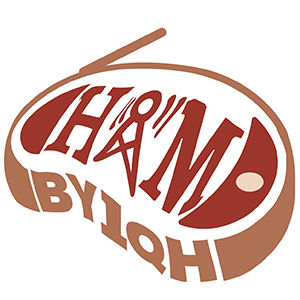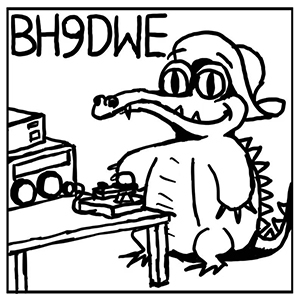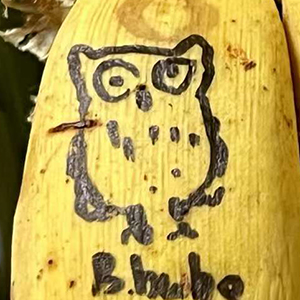Ham Radio
DE BI1NWO 73
Satellite, FM, SSB, CW, FT8......
Amateur radio, also known as ham radio, is the use of the radio frequency spectrum for purposes of non-commercial exchange of messages, wireless experimentation, self-training, private recreation, radiosport, contesting, and emergency communications.
I immediately fell in love with ham radios when I was 13 years old, after learning a tutorial on how to make a crystal radio receiver from my physics textbook. I started with designing antenna at MF bands, then followed by designing rectifiers and amplifiers.
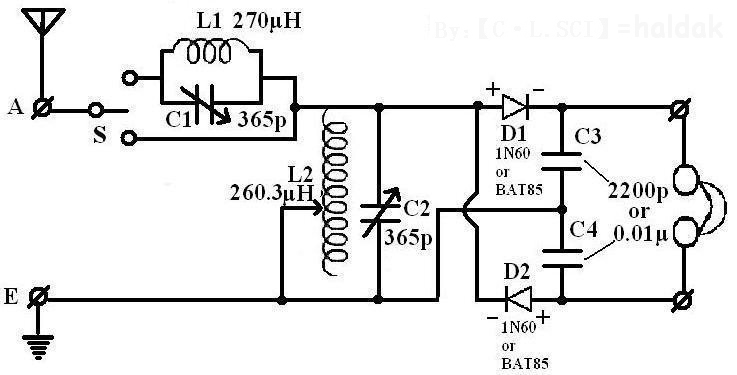

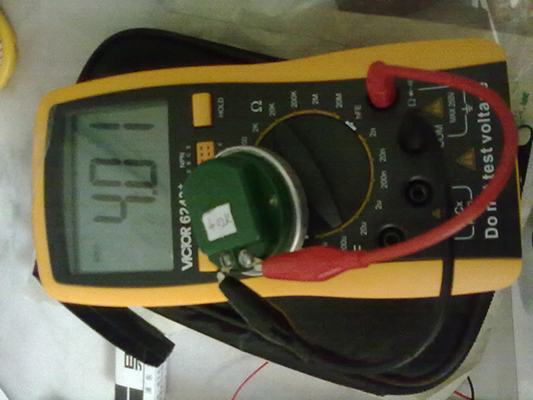
I received my license and callsign in 2022. I’m also a member and operator of BY1QH, which stands for the Tsinghua University Amateur Radio Club.
My Rigs
Currently, I have several transceivers for different bands.
My main device for VHF and UHF bands is the Yaesu FT-5DR.
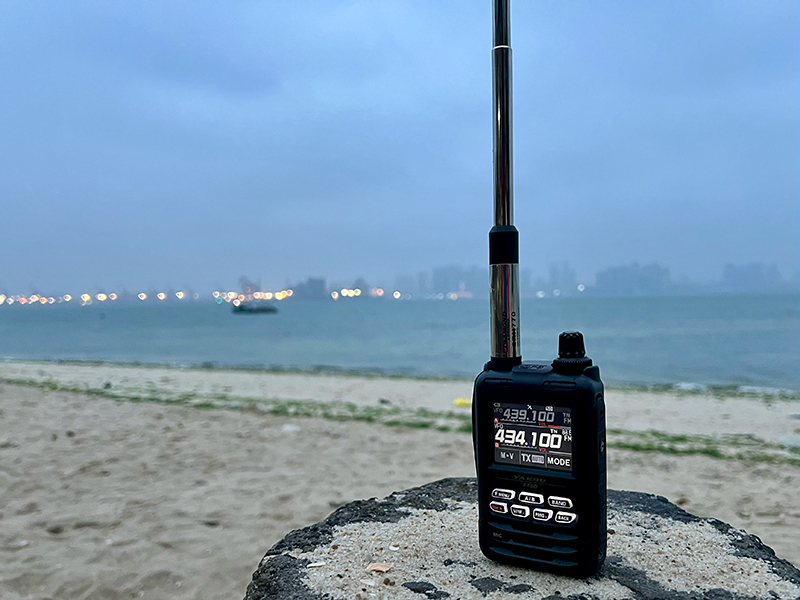
For satellite contacts, I prefer to use a handheld Yagi antenna.

I enjoy QRP portable operations! Just like camping, it’s cool to drive to a park, assemble the antenna, connect the power bank, and make the whole system work in an unfamiliar environment.
During portable operations, I often use an ICOM IC-705 with a DIY V-pole or inverted-V antenna.

Under Construction: My Ham Radio Base Station
Recently, I was lucky enough to acquire rooftop access thanks to my friend BI1OLC. This has given me the opportunity to build my own ham radio base station at ON70.
For satellite communication, I purchased Diamond Yagis for the base station.

Typically, Yagis should be mounted on a rotor. However, the Yaesu rotor is too expensive for operating just 2 Yagis. Therefore, I decided to buy a cheap industrial camera rotor instead, and modified it to serve as an antenna rotor. I plan to add encoders inside the rotor to obtain precise azimuth and elevation values. Then, I will write a script for the motion planning part.
For HF communication, I purchased the ICOM IC-7300 in Akihabara during ICRA ‘24. It will be the main device I operate in the HF band.
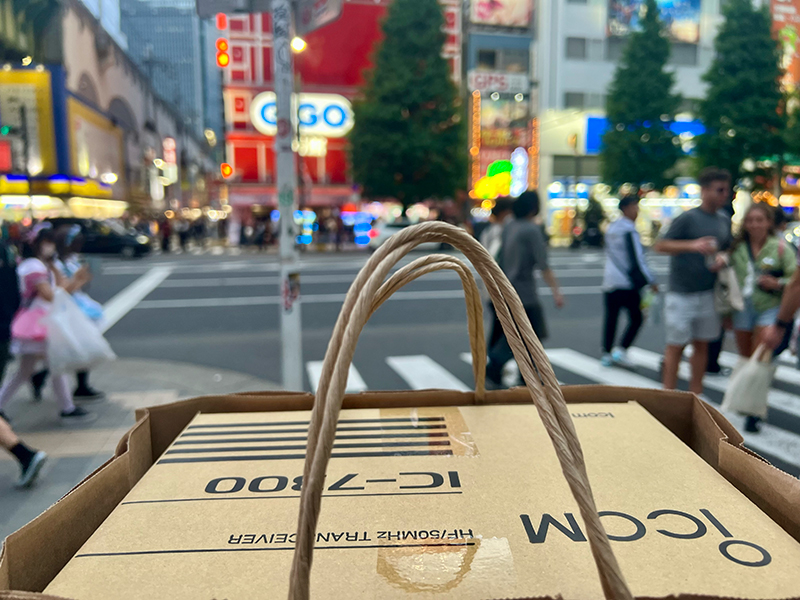
My QSL Cards
I have several different designs of QSL cards.
V1
The first commemorative card is available in limited numbers from October 2023 to March 2024.

V2
The second QSL card, also printed in limited numbers, commemorates my first Summits On The Air (SOTA) operations.

V3
Currently, the third QSL card is in use and aims to advocate for our robot, ArrayBot.
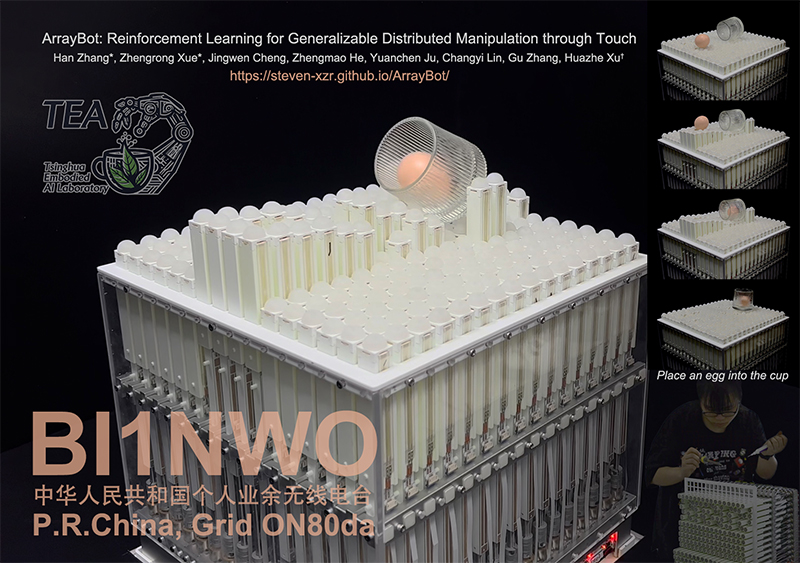
I enjoy collecting paper QSL cards! If we have a QSO, please send me your card, and I will send back my card. SWL QSLs are also welcome. For more details, see here.
Friends in Ham Radio
My Logbook
You can use the HRDLOG search service below to check our QSO.
